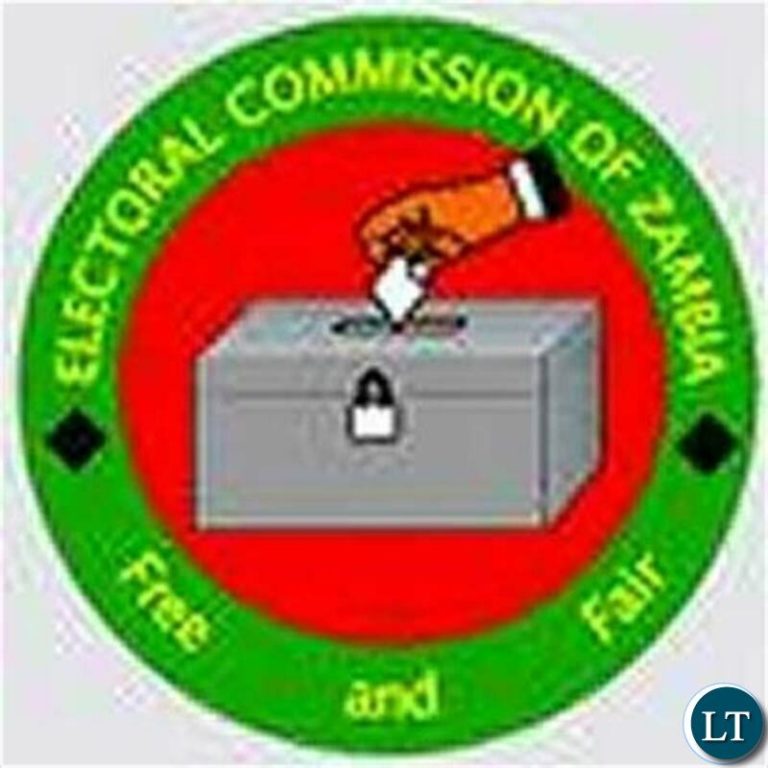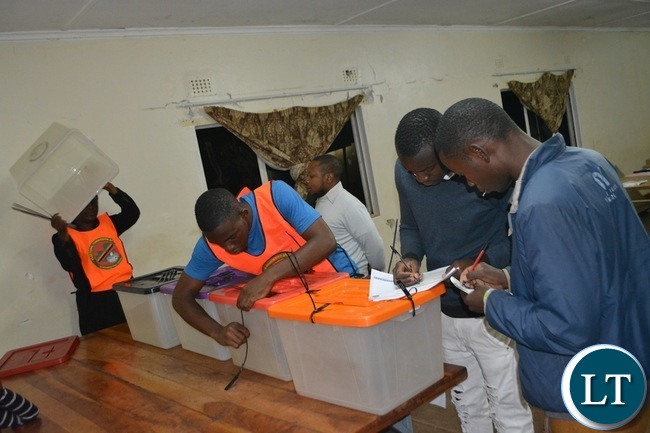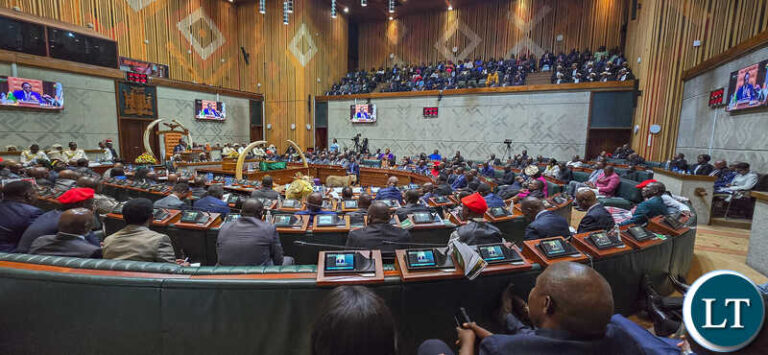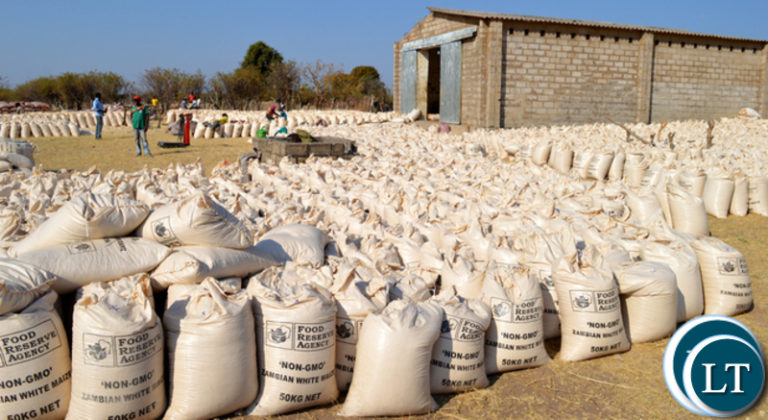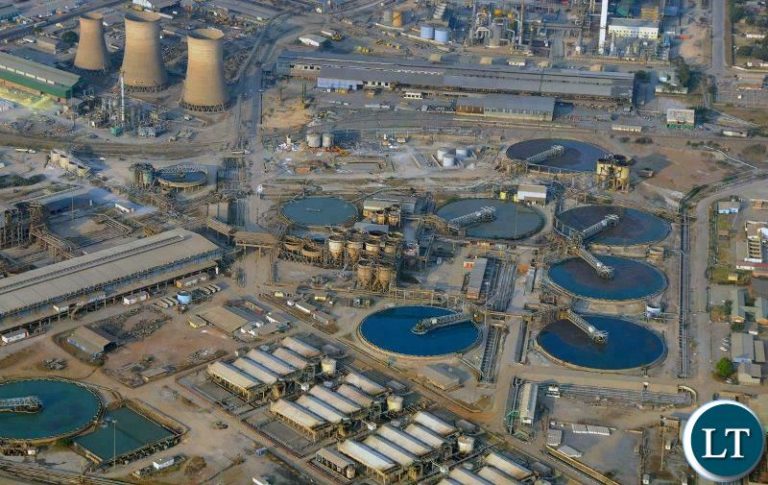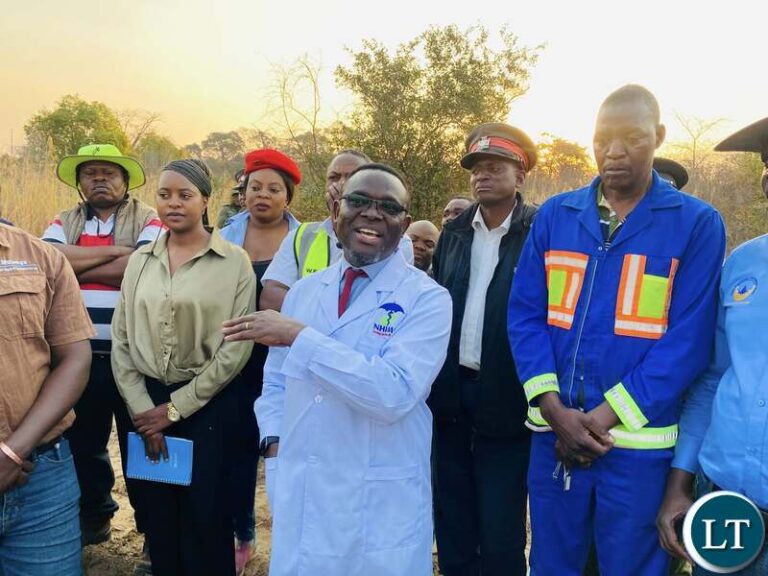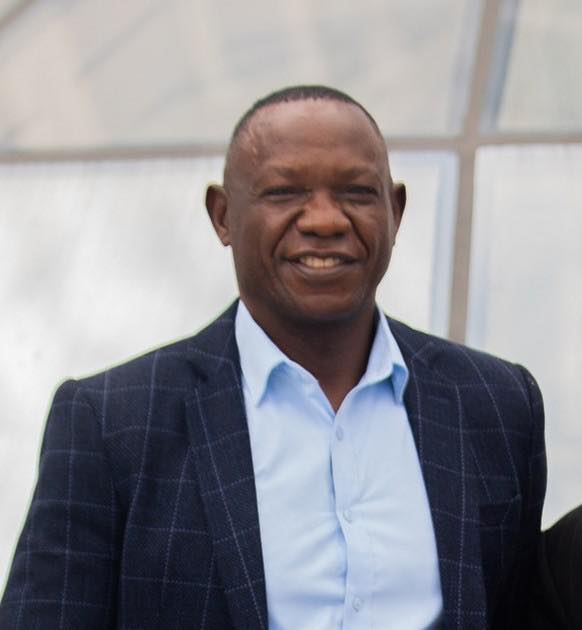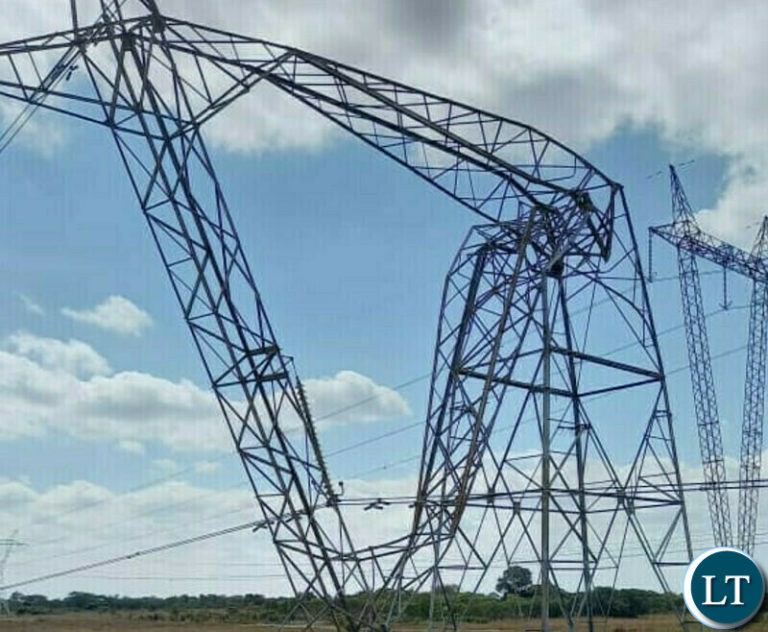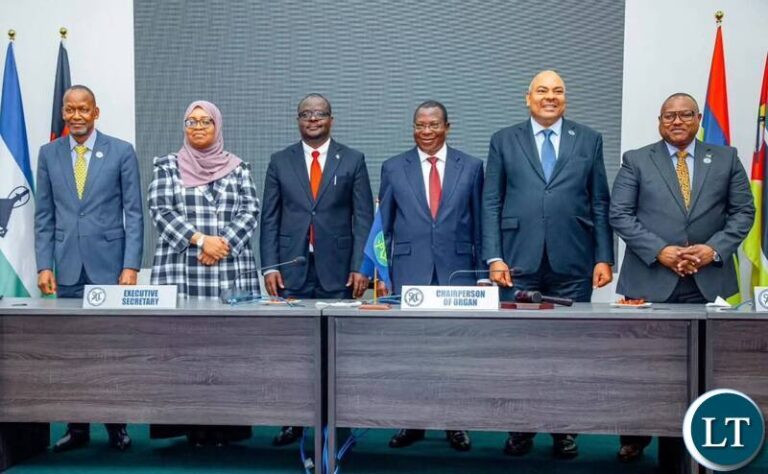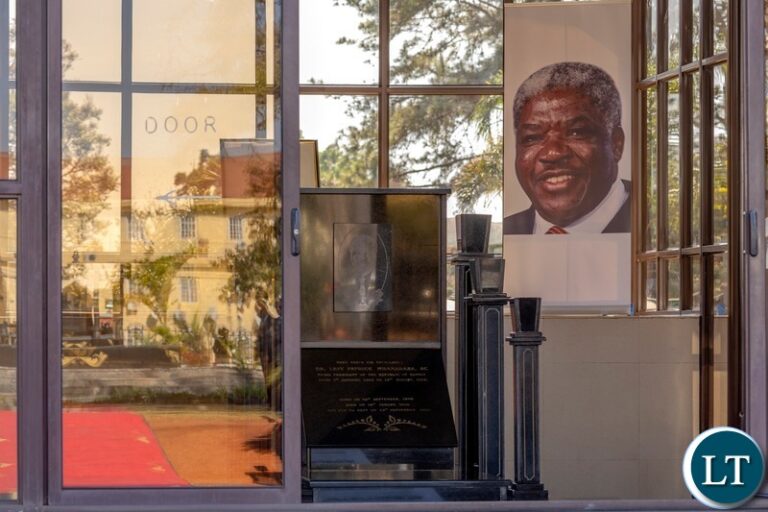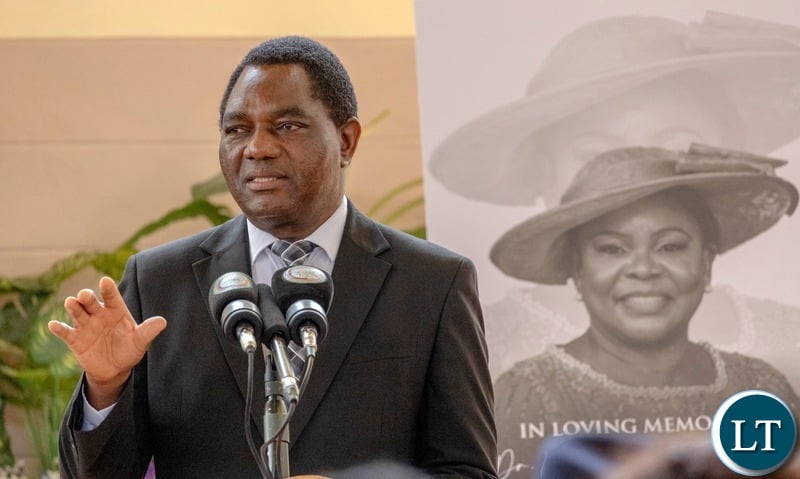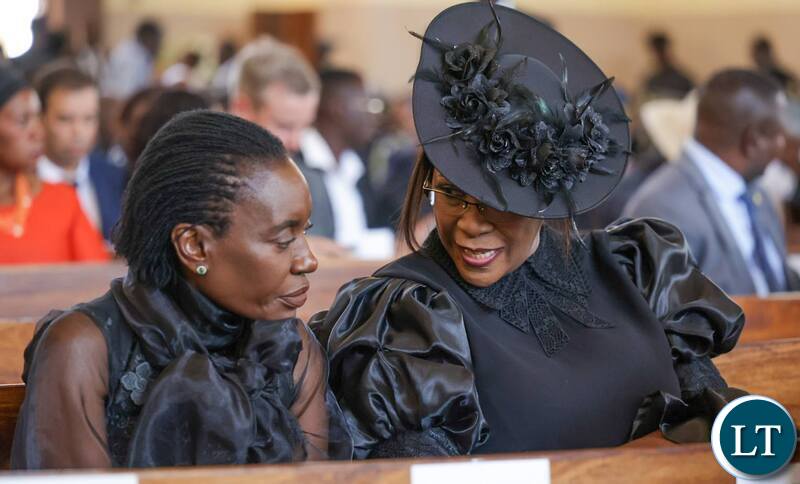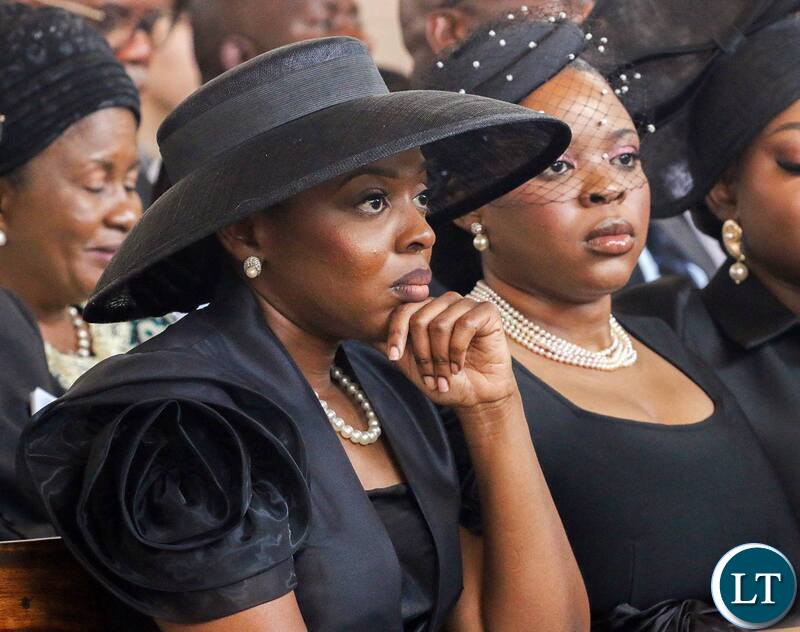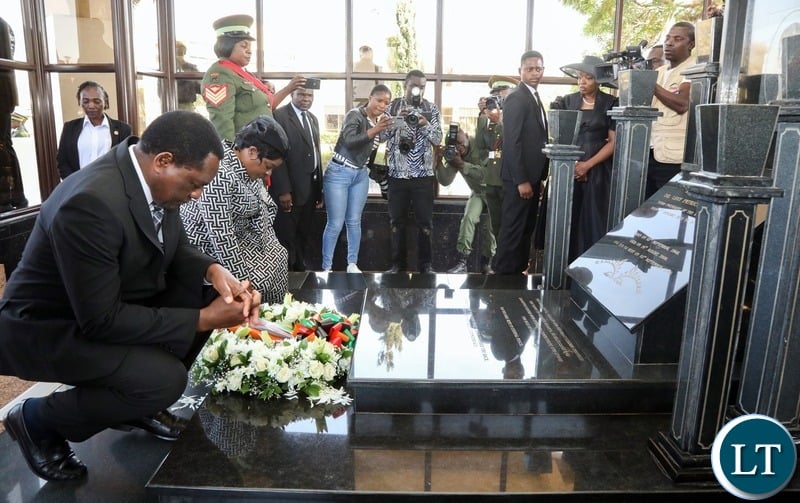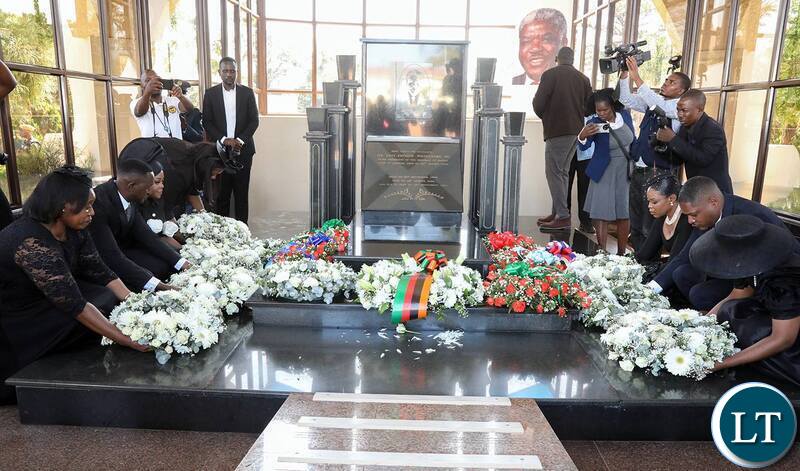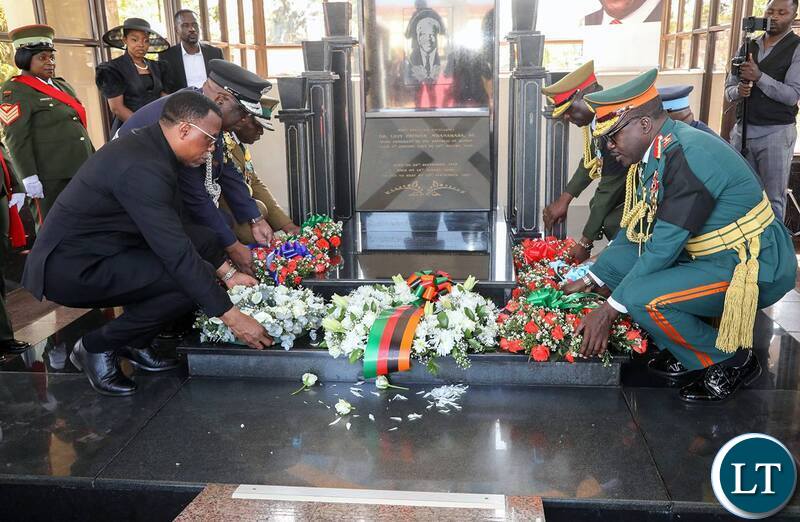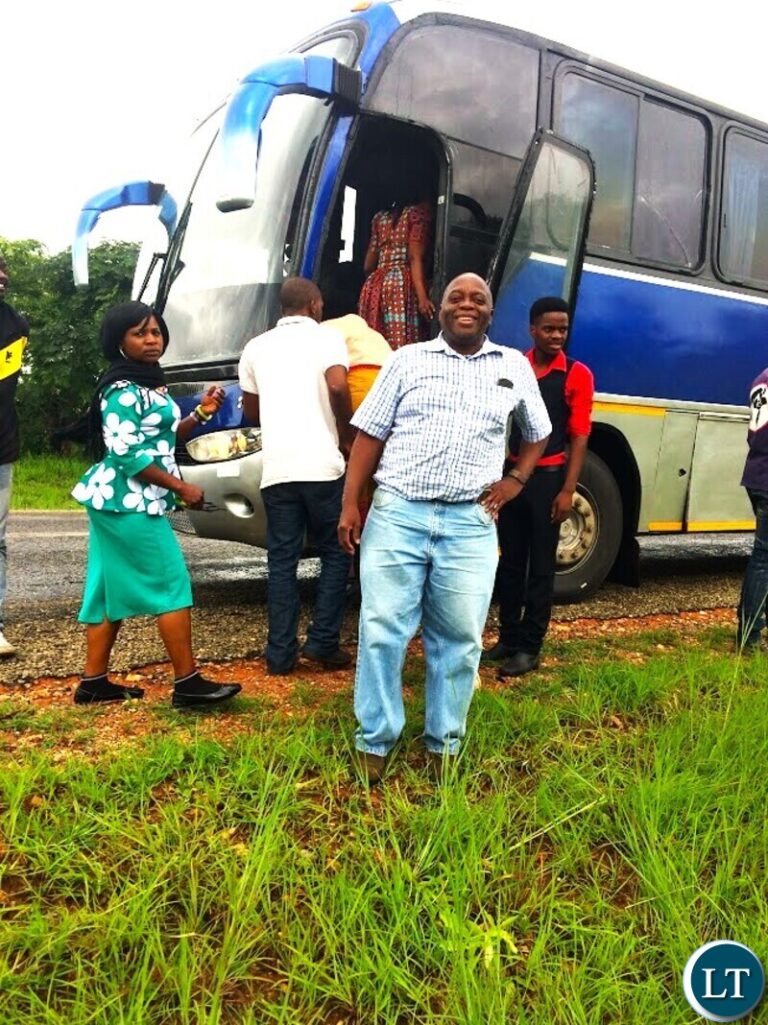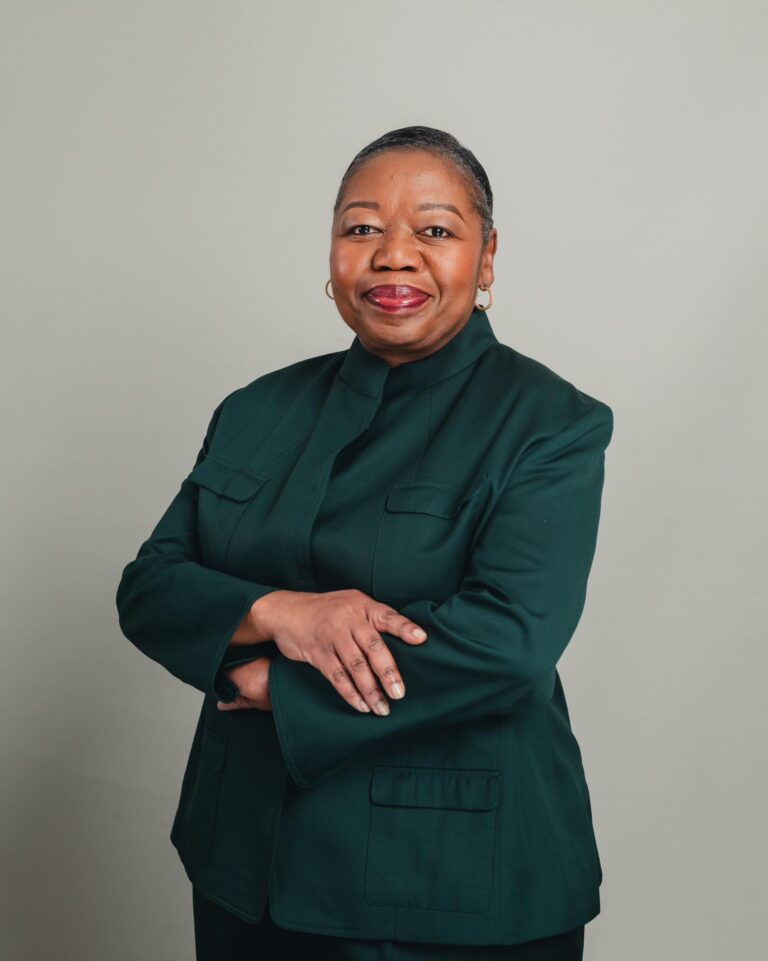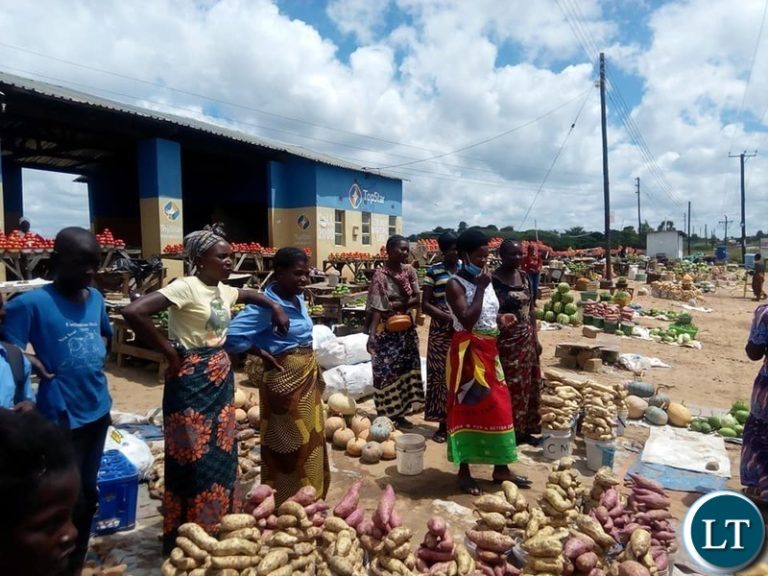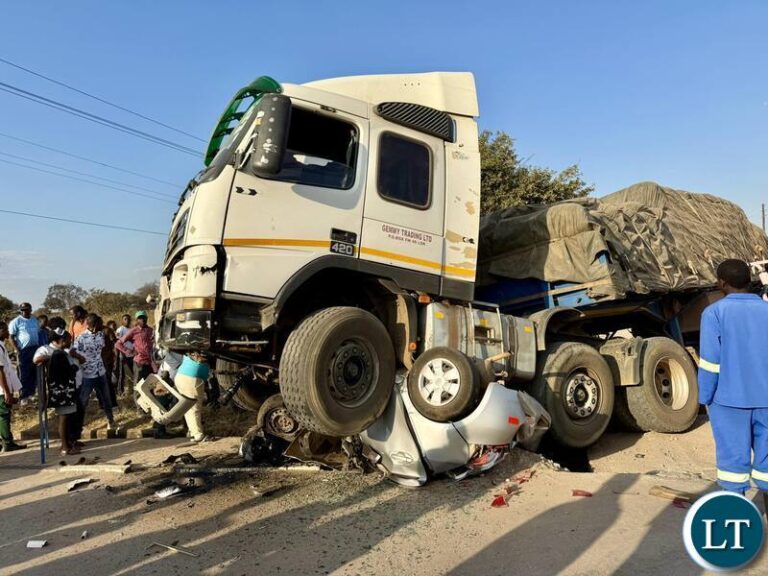The Electoral Commission of Zambia (ECZ) has set September 18th, 2025 as the date for the Chibulula Ward by election in Mpulungu Constituency.
Mpulungu District Electoral officer, Milton Sakala revealed that preparations for the forthcoming Chibulula by elections have commenced with different political parties showing interest in contesting in the election.
Speaking during the political liaison committee meeting yesterday, Mr Sakala explained that the committee meeting was held to remind party officials and aspiring candidates on what is expected of them during the election period.
The District Electoral Officer, said the committee meeting is important for the commission and parties taking part in the election to meet and have a common ground and draw up programs together.
“We are very happy as a commission that you have come to this meeting as it is from here that we will draw up programs and agree on what we are to do,” he said.
Mr Sakala revealed that the commission invited the political
Political parties who have shown interest in contesting in the forthcoming Chibulula ward by election.
And political parties that attended the meeting have thanked the commission for holding the political parties liaison committee meeting.
United Party for National Development (UPND) Constituency Vice Chairperson, Geoffrey Kasongole said the meeting is important as it reminds the parties of what is expected of them.
Mr Kasongole said the UPND is happy that the meeting has been done without any conflict or misunderstandings from the parties but with unity and understanding.
“We hope that the maturity that has been shown in this meeting is what will be experienced even during the election period, this is what we need,” Mr Kasongole noted.
He said as a party, they are assuring the commission that they will stick to the rules and regulations of the election period and will ensure to support peaceful elections.
And National Congress Party Constituency Chairperson, Beatrice Changala said the meeting has not only reminded the parties on the expectations but also clarified many issues.
Ms Changala noted that so far political parties now know that it is prohibited for the party not contesting the by elections to be found with their regalia during campaigns.
She said as the new political parties they will also ensure peaceful elections in Chibulula Ward.
Ms Changala thanked the commission for respect to all political parties and ensured to explain the process properly and clearly.
The Chibulula ward seat fell vacant after the death of Councilor Future Sikazwe on July 10, 2025.


